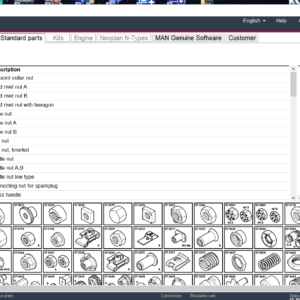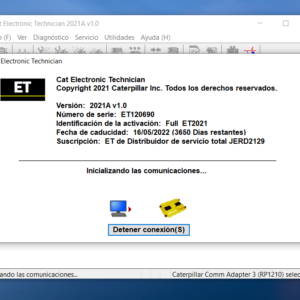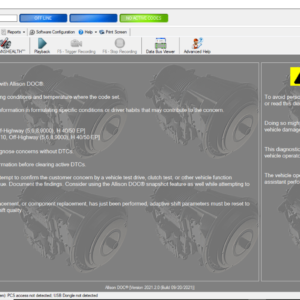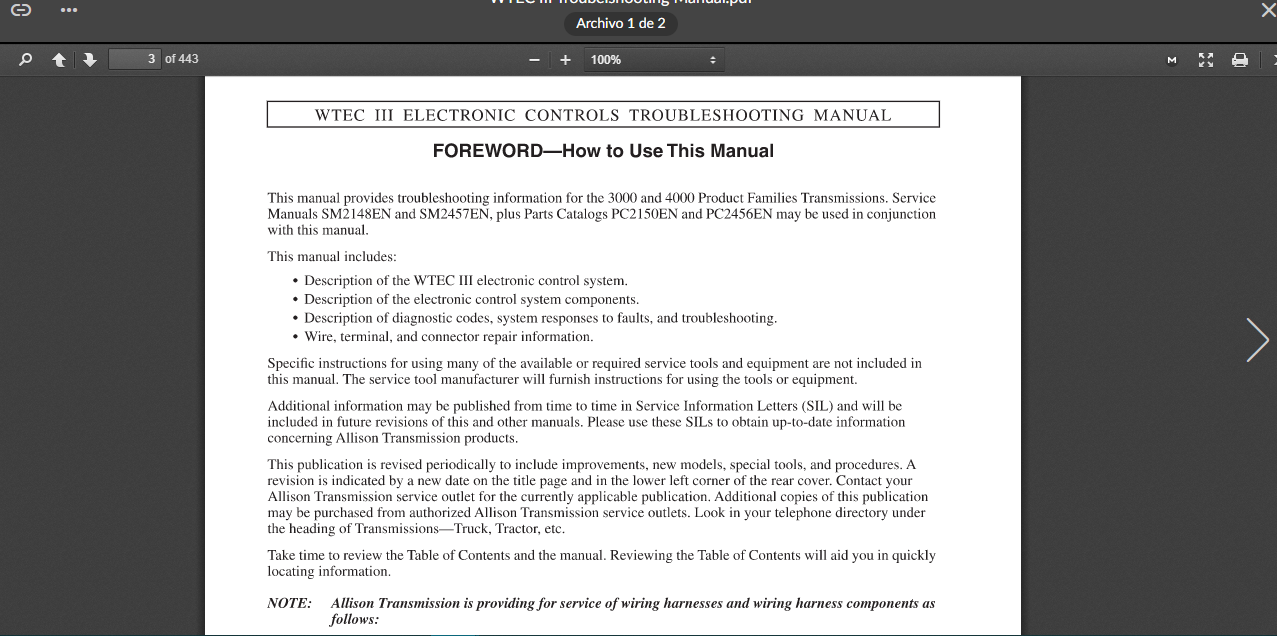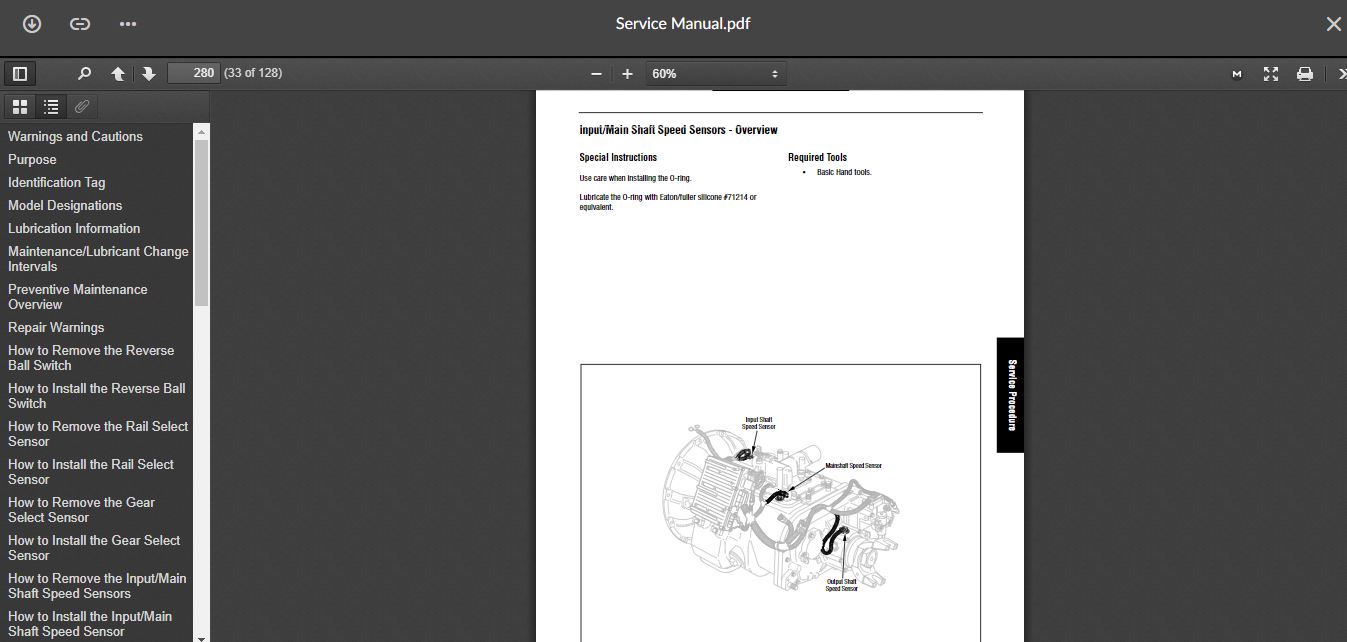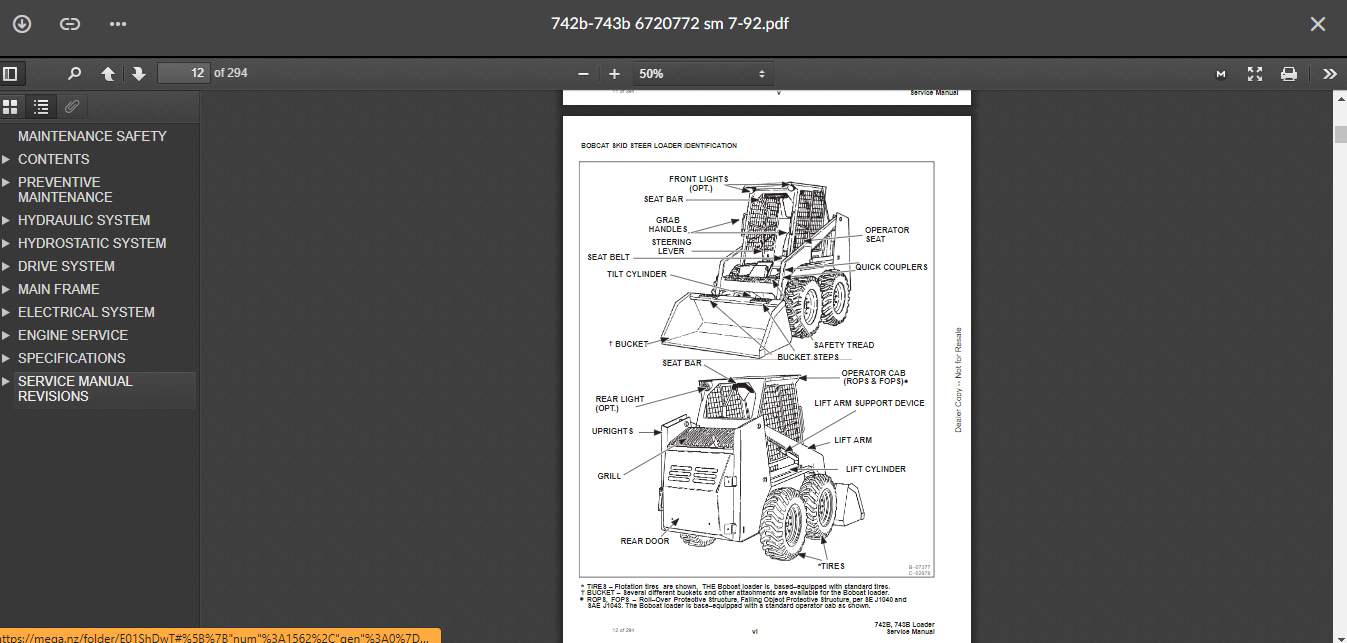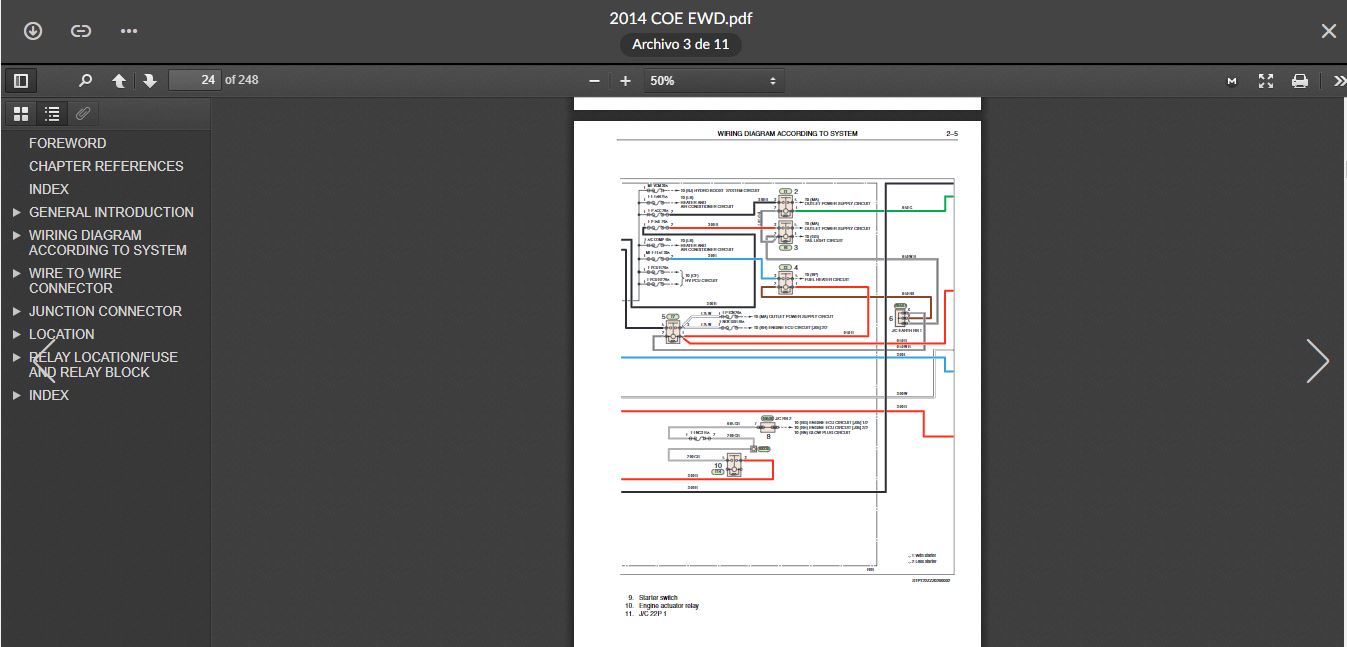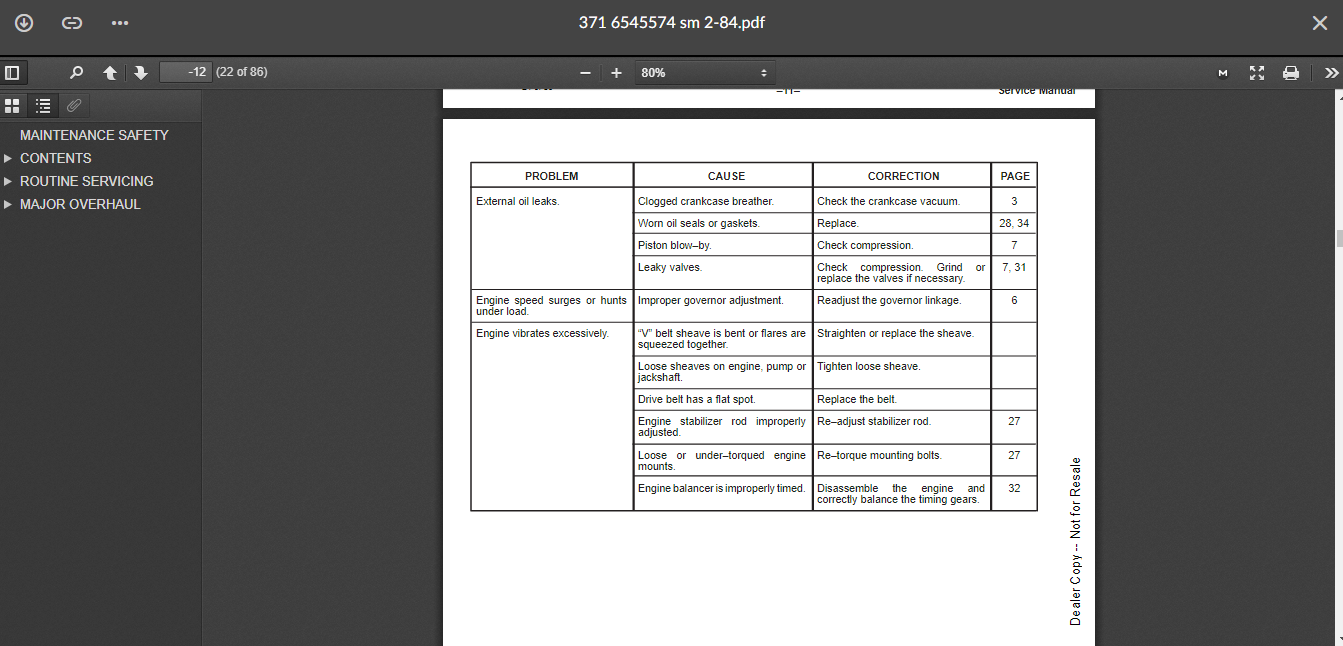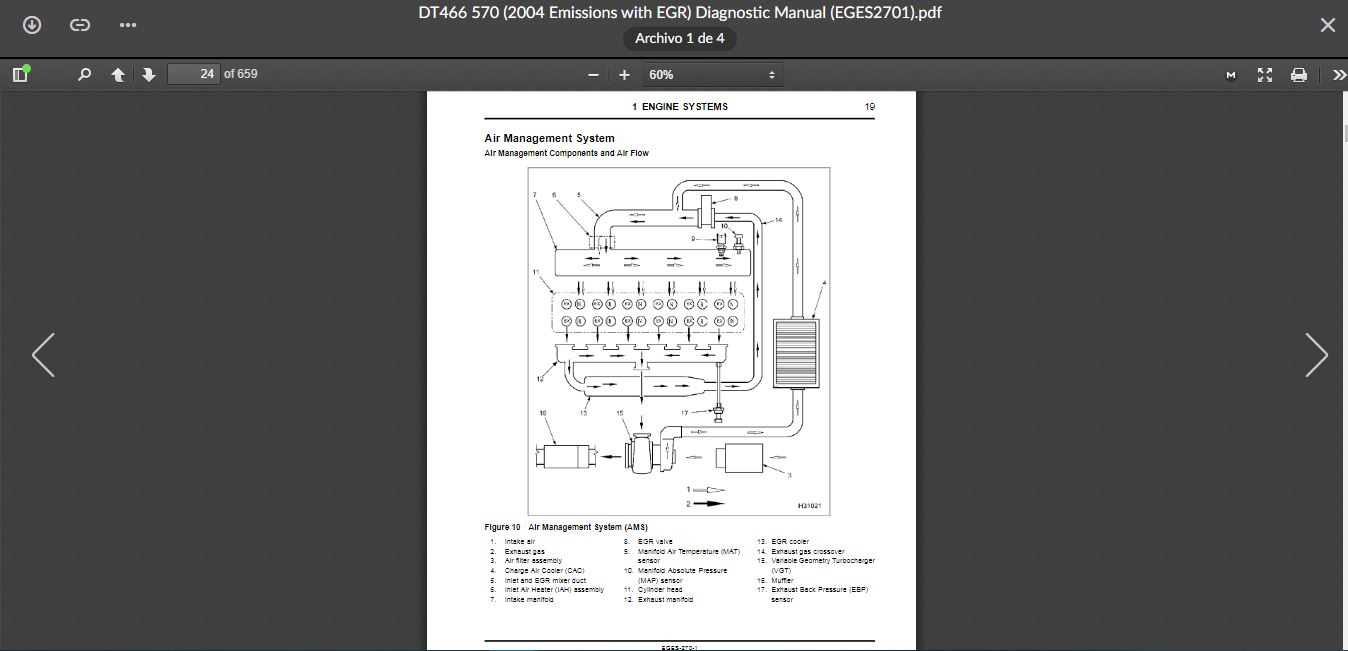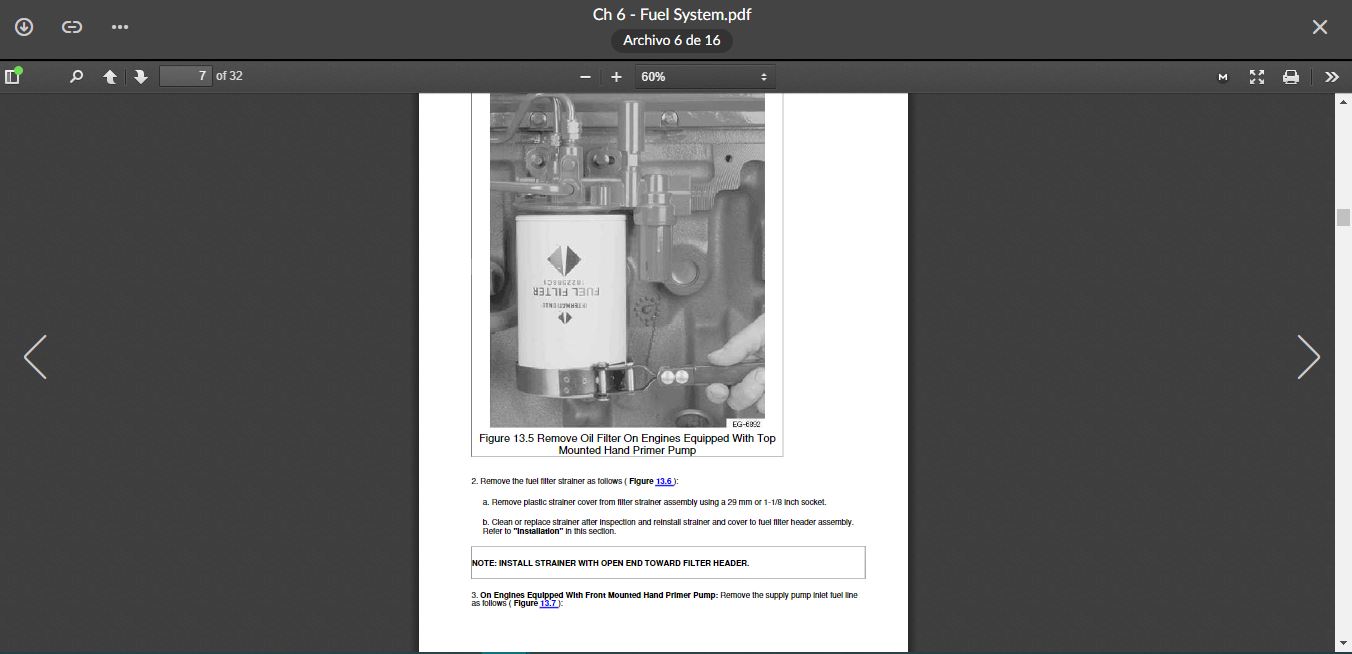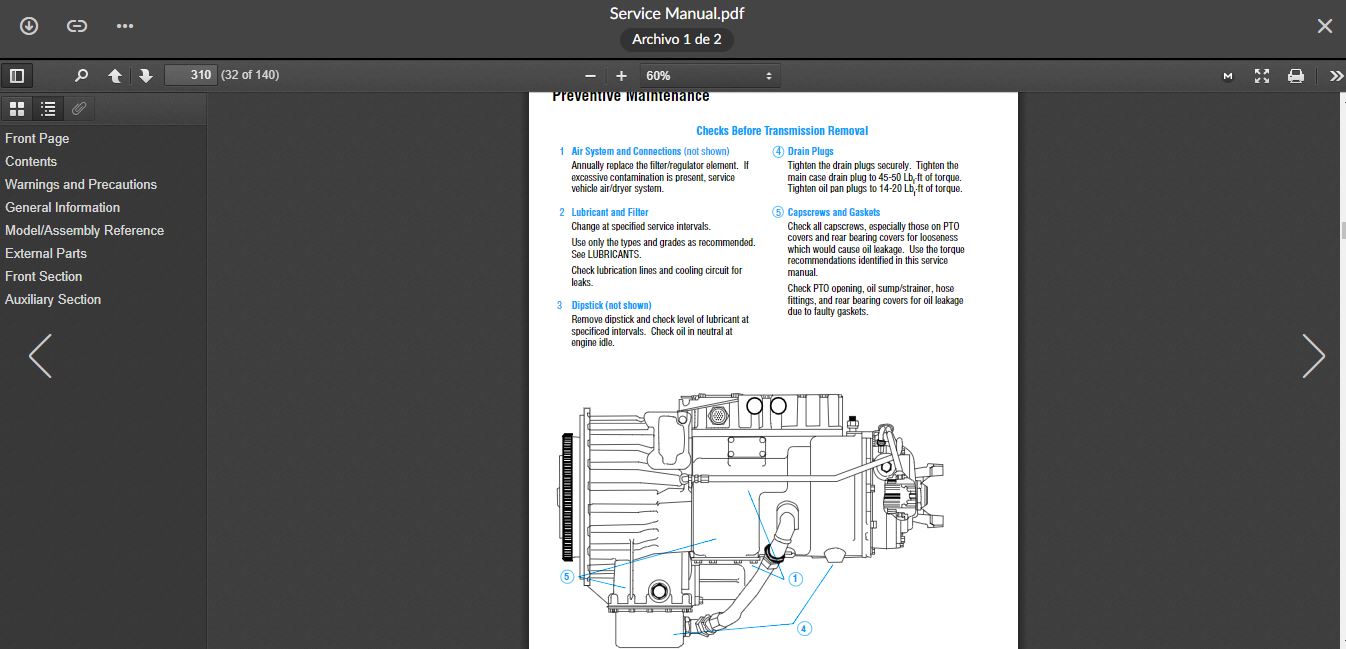Allison 1000 & 2000 Gen 5 Fault Code:P0659 Actuator Supply Voltage 1 (HSD1) – High
CIRCUIT DESCRIPTION:
High Side Driver 1 (HSD1) supplies battery voltage to the Main Modulation, Torque Converter Clutch (TCC) and Pressure Control Solenoid 1 (PCS1) solenoids via wire 111. HSD1 is continuously on during normal operation except during brief circuit tests. The TCM regulates control current to the solenoids by switching the appropriate low side driver on and off. DTC P0659 indicates the TCM has detected greater than a calibrated value in the HSD1 circuit when HSD1 is OFF during TCM initialization (this indicates that a short to battery exists on the high side circuit 111).
ACTION TAKEN WHEN THE DTC SETS:
When DTC P0659 is active, the following conditions occur:
1. Variable Modulated Main is inhibited.
2. If the failure occurs while in a forward range a shift to 1st, 3rd or 5th range is made.
3. While diagnostic response is active, if the shift selector is moved to N (Neutral), the transmission shifts to neutral; if the shift selector is moved to R (Reverse), the transmission shifts to reverse. If the shift selector is moved to D (Drive) range or R (Reverse) and the transmission is compromised by overspeeding or direction change, the transmission shifts to neutral.
4. The CHECK TRANS light illuminates.
5. The TCM freezes shift adapts (DNA).
6. The TCM inhibits TCC engagement.
7. DTC is stored in the TCM history.
CONDITIONS FOR CLEARING THE DTC:
Use the diagnostic tool to clear the DTC from the TCM history. The TCM automatically clears the DTC from the TCM history if the vehicle completes 40 warm-up cycles without the DTC recurring.
DIAGNOSTIC AIDS:
The following procedures are not documented in any OEM procedures or in any OEM Troubleshooting or Service information and should not be used as a method to diagnose any transmission DTCs, function, or shift quality concern:
1. Back-probing any connections used for transmission features or functions may damage and/or unlock terminals from the back-probed connector creating permanent or intermittent shorts and/or open circuits. If possible, use the J-39700 Breakout Box, the appropriate harness adapters, and appropriate magnetic overlays to troubleshoot the vehicle.
2. Load-testing any transmission-related circuits with any other electrical devices such as vehicle lamps or relays, especially with the TCM connected to the harness. Use J-39700 Breakout Box and appropriate harnesses with the diagnostic tool to monitor the circuit performance in question unless otherwise
specified in the various Troubleshooting information.
3. Piercing a wire to check for voltages, shorts-to-grounds or other wires anywhere in the circuit but especially at the TCM. This creates a leak path for moisture and damages the wire and insulation.
4. You may have to drive the vehicle in order to experience a fault. Use the data obtained from failure records to determine transmission range and/or certain vehicle operating variables such as temperature, and run time. This data can be useful in reproducing the failure mode when the DTC was set.
Inspect the wiring for poor electrical connections at the TCM. Look for the following conditions:
1. A bent terminal.
2. A backed-out terminal.
3. A damaged terminal.
4. Poor terminal tension.
5. A chafed wire.
6. A broken wire inside the insulation.
Inspect OEM wiring harness routing. Look for possible contact points where chafing could occur leading to an open circuit condition. Moving parts on the vehicle could be contacting the harness, such as the parking brake drum, or suspension components.
When diagnosing for an intermittent short or open circuit condition, massage the wiring harness while watching the test equipment for a change.
Related
-
Hino Diagnostic eXplorer 2 – Hino DX2 v1.1.21.4 with keygen unlocked ( Hino trucks )
Hino $60.00Rated 0 out of 5 -
DOWNLOAD NISSAN UD DIESEL PC-CONSULT DIAGNOSTIC 1.1.13 & PC-REPROMASTER 1.2.0
NISSAN UD $100.00Rated 0 out of 5
-
VOLVO PREMIUM TECH TOOL PTT 2.7.116 + APCI 2021 + devtool ( ONLINE )
Trucks software $80.00Rated 0 out of 5 -
download Hitachi Construction Machinery MPDr Ver 3.7.0.0 [10.2020] Diagnostic Software
Hitachi $76.00Rated 0 out of 5 -
PF Diagnose 2.0.2.23 Diagnostics Software 2013 – Full Heavy & Medium Duty with OBDII Support – Online Installation Service
PF Diagnose $60.00Rated 0 out of 5 -
CAT ET 2021A (Caterpillar Electronic Technician) + Factory Password (1 PC )
CAT $65.00Rated 0 out of 5 -
JPRO 2022 v1 Commercial Vehicle Diagnostics V1 Software Download & Installation Service ( 1 PC )
JPRO $94.00Rated 0 out of 5 -
CAT Engine Reprogramming Tool for flash programming C1.8, C2.4, C3.8 & C3.3B + Guide
CAT $50.00Rated 0 out of 5
Related products
-
Allison 1000 & 2000 Gen 4 Fault Codes: U2104 CAN Bus Reset Counter Overrun
1000 & 2000 Gen 4 $50.00Rated 0 out of 5 -
Allison 1000 & 2000 Gen 4 Fault Codes: P2771 Four-Wheel Drive Switch Circuit
1000 & 2000 Gen 4 $50.00Rated 0 out of 5 -
Allison 1000 & 2000 Gen 4 Fault Codes: U0031 J1850 (Class 2) Serial Data Communication Link Low
1000 & 2000 Gen 4 $50.00Rated 0 out of 5 -
Allison 1000 & 2000 Gen 4 Fault Codes: P0123 Pedal Position Sensor Circuit High Voltage
1000 & 2000 Gen 4 $50.00Rated 0 out of 5 -
Allison 1000 & 2000 Gen 4 Fault Codes: P1688 Unmanaged Engine Torque Delivered To TCM Signal
1000 & 2000 Gen 4 $50.00Rated 0 out of 5 -
Allison 1000 & 2000 Gen 4 Fault Codes: P0872 Transmission Pressure Switch Solenoid E Circuit Stuck Closed
1000 & 2000 Gen 4 $50.00Rated 0 out of 5 -
Allison 1000 & 2000 Gen 4 Fault Codes: P1892 Throttle Position Sensor Pulse Width Modulation (PWM) Signal High Input
1000 & 2000 Gen 4 $50.00Rated 0 out of 5 -
Allison 1000 & 2000 Gen 4 Fault Codes: P0848 Transmission Pressure Switch Solenoid D Circuit High
1000 & 2000 Gen 4 $50.00Rated 0 out of 5 -
Allison 1000 & 2000 Gen 4 Fault Codes: P0846 Transmission Pressure Switch Solenoid D Circuit Stuck Open
1000 & 2000 Gen 4 $50.00Rated 0 out of 5 -
Allison 1000 & 2000 Gen 4 Fault Codes: U0032 J1850 (Class 2) Serial Data Communication Link High
1000 & 2000 Gen 4 $50.00Rated 0 out of 5 -
Allison 1000 & 2000 Gen 4 Fault Codes: U1041 J1850 (Class 2) ABS Controller State of Health Failure
1000 & 2000 Gen 4 $50.00Rated 0 out of 5 -
Allison 1000 & 2000 Gen 4 Fault Codes: U1016 Class 2 J1850 (Class 2) Powertrain Controller State of Health Failure
1000 & 2000 Gen 4 $50.00Rated 0 out of 5 -
Allison 1000 & 2000 Gen 4 Fault Codes: P2810 Solenoid G Electrical
1000 & 2000 Gen 4 $50.00Rated 0 out of 5 -
Allison 1000 & 2000 Gen 4 Fault Codes: U2105 CAN Bus ECM Error
1000 & 2000 Gen 4 $50.00Rated 0 out of 5
-
SERVICE MANUAL International Engines DT466 (2004-2006)
INTERNATIONAL ENGINES $45.00Rated 0 out of 5 -
SERVICE MANUAL International Engines DT466 & DT530 (1999-2000) B
INTERNATIONAL ENGINES $29.00Rated 0 out of 5





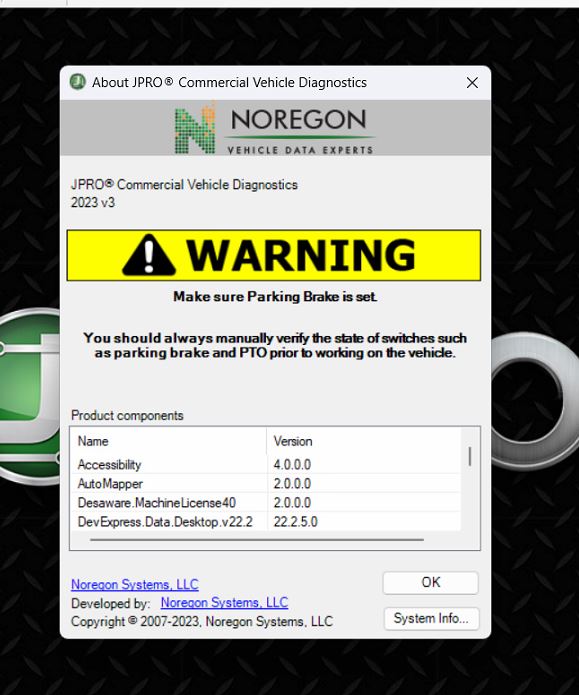

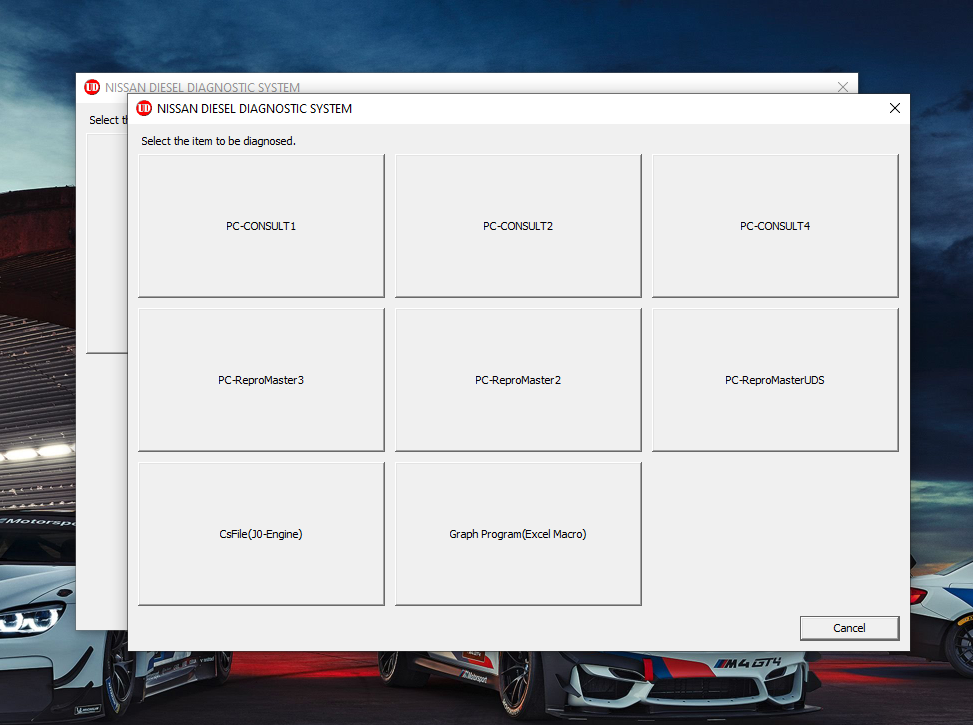


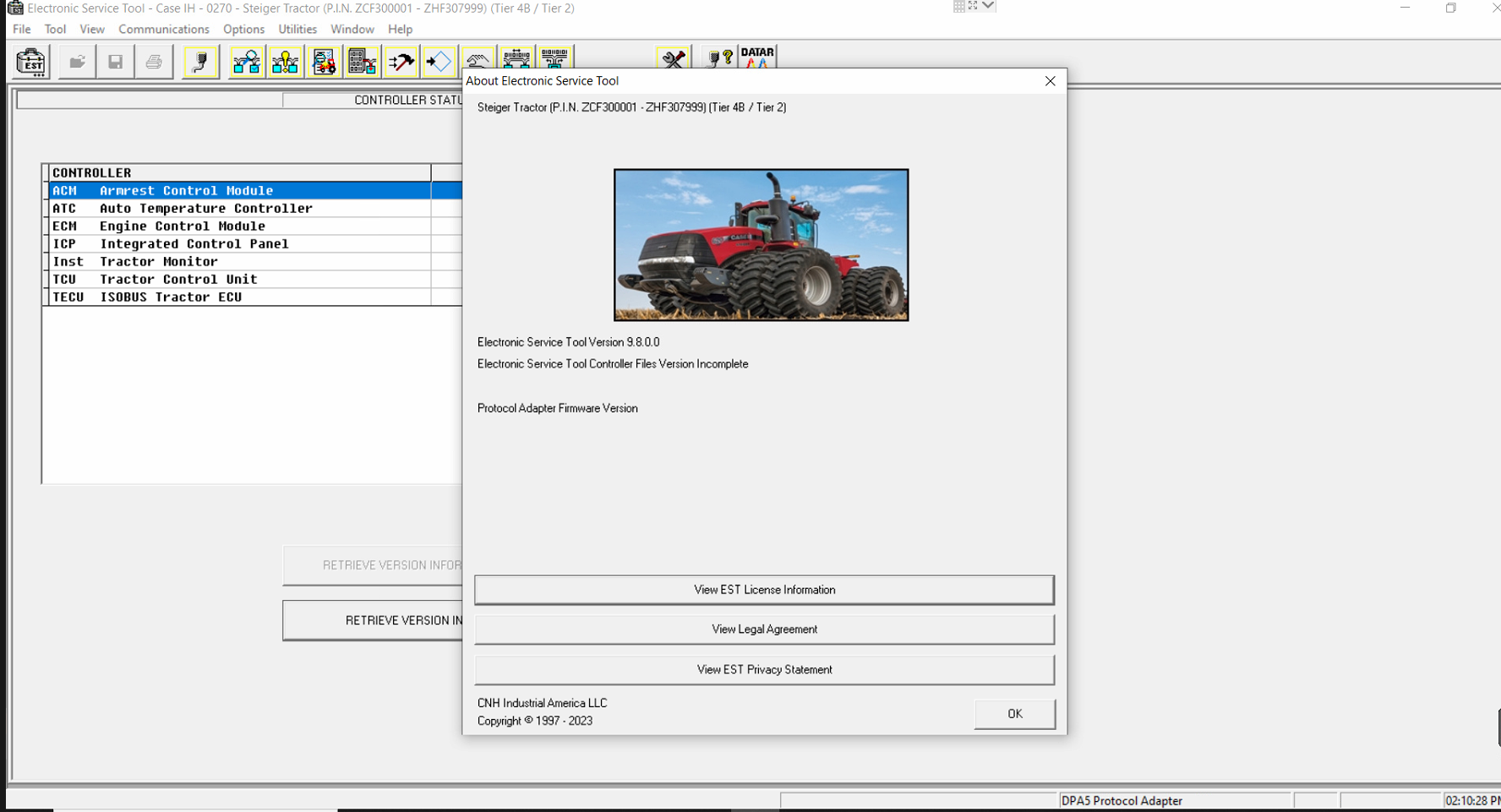



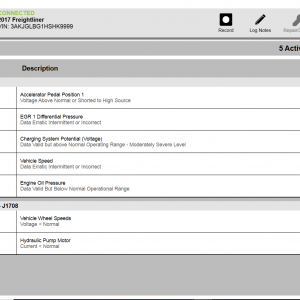

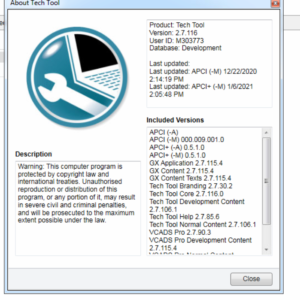
![download Hitachi Construction Machinery MPDr Ver 3.7.0.0 [10.2020] Diagnostic Software](https://i0.wp.com/www.ecuforcetruck.com/wp-content/uploads/2023/05/MPDR-3.7.00.png?resize=300%2C300&ssl=1)
![download Hitachi Construction Machinery MPDr Ver 3.7.0.0 [10.2020] Diagnostic Software](https://www.ecuforcetruck.com/wp-content/uploads/2023/05/MPDR.png)

